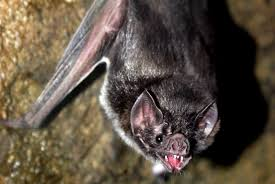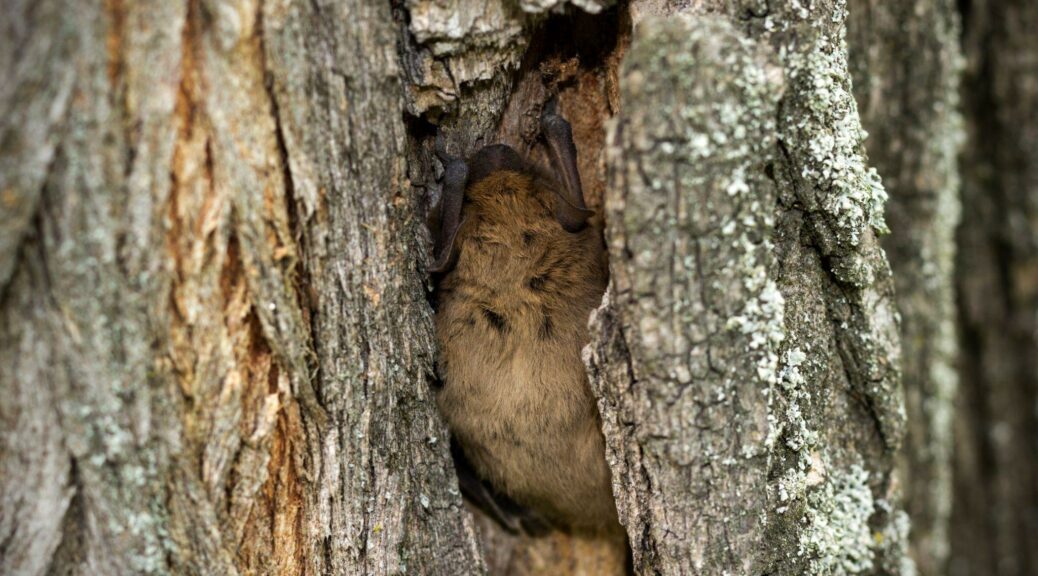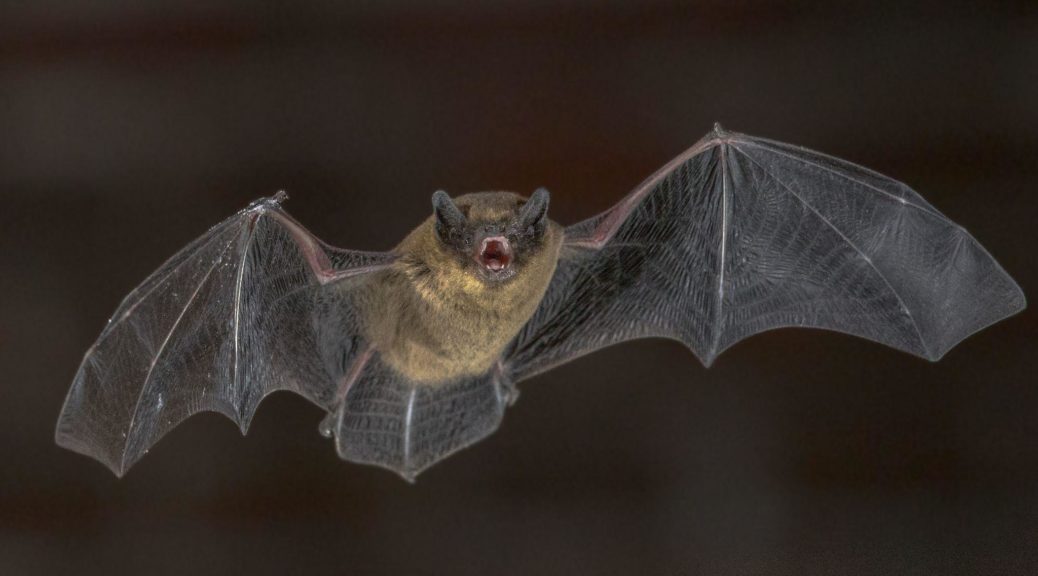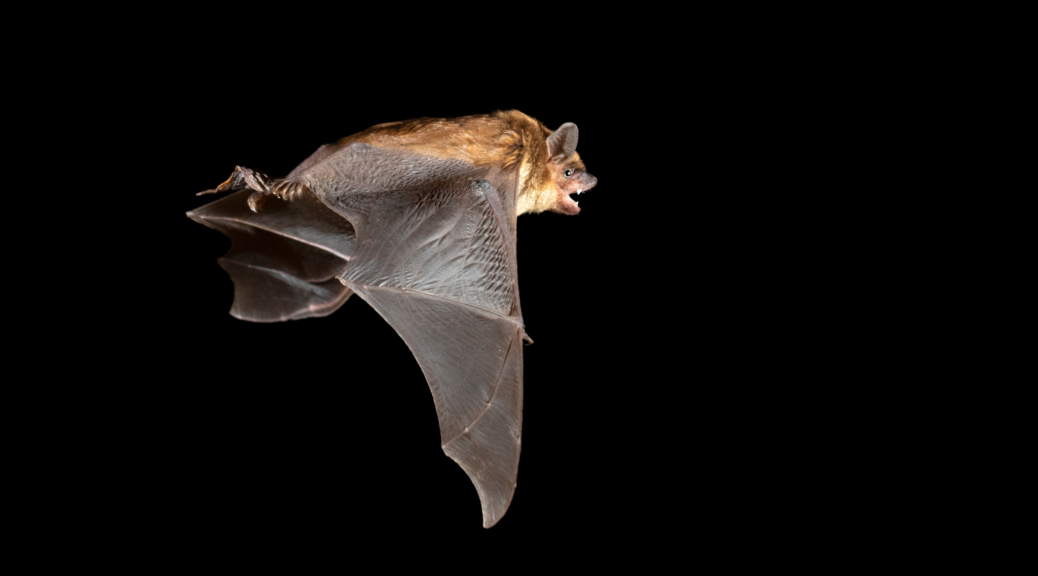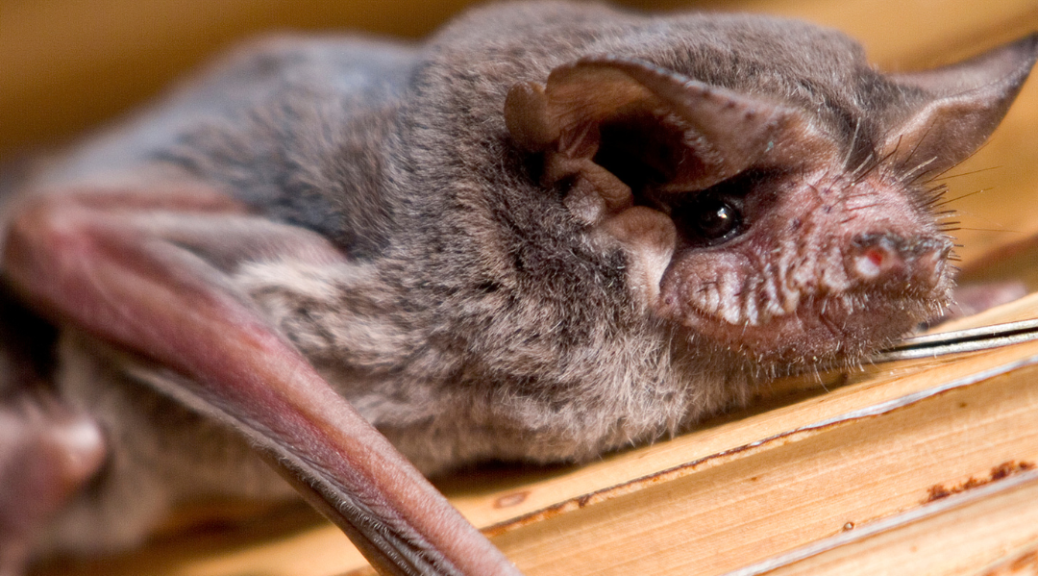Bats play a crucial role in our ecosystem, yet they are often misunderstood and feared. Many people react negatively when they discover bats in or around their homes, sometimes resorting to harmful or even illegal measures to remove them.
Continue reading Why You Should Never Kill or Harm Bats: The Legal and Ethical ReasonsTag Archives: Humane bat removal
Know the Bat Protection Laws: A Guide to Safe and Legal Bat Removal
Bats play a crucial role in our ecosystem, from pollinating plants to controlling insect populations. However, when they take up residence in our homes or commercial buildings, their presence can pose challenges. For those facing this dilemma, it’s essential to understand the legal landscape surrounding bat removal to ensure these creatures are handled safely and humanely.
Continue reading Know the Bat Protection Laws: A Guide to Safe and Legal Bat RemovalDealing with Bat Infestations in Hospitals: Risks and Solutions
Bat infestations in hospitals are a serious issue. These nocturnal creatures can bring health risks due to their droppings and the potential for disease. Our team at Animal Capture Wildlife Control is here to help manage these risks.
The Health Risks
Bats in hospitals pose significant health risks due to diseases they can carry. Their droppings can lead to respiratory problems like histoplasmosis, and there’s also a risk of rabies transmission. In addition, bats in a hospital environment can lead to contamination of sterile areas, which is a major concern for patient safety. It’s also important to note that bats can introduce other parasites like mites and ticks, which can further complicate the health risks in a hospital setting.
The accumulation of bat guano (bat droppings) can create a fertile environment for the growth of other harmful fungi and bacteria, exacerbating health risks. Bats can also cause structural damage to hospital facilities through their nesting and roosting habits, potentially leading to costly repairs. Not to mention their presence can cause significant distress and fear among patients and staff, affecting the overall hospital environment and patient experience.
Diseases Carried by Bats
Bats are known carriers of several diseases, and some can pose serious health risks to humans, especially in a hospital setting. Here’s a list of common diseases associated with bats:
- Rabies Virus: Perhaps the most well-known disease associated with bats, rabies can be transmitted to humans through bites or scratches from infected bats.
- Histoplasmosis: Caused by a fungus that grows in soil enriched with bat guano, people can get histoplasmosis by breathing in the microscopic fungal spores from the air.
- Cryptococcosis: Another fungal disease, which primarily affects the lungs but can also spread to the brain, this fungus found in the environment is often associated with bat droppings.
- Marburg Virus: A rare but severe hemorrhagic fever similar to Ebola, it can be transmitted to people from fruit bats.
- Ebola Virus: Some species of bats are considered natural hosts of the Ebola virus. While direct transmission to humans is rare, bats are believed to play a role in the virus’s lifecycle.
- Nipah and Hendra Viruses: These viruses can cause serious disease in humans and animals. The natural host for both viruses is fruit bats.
- Lyssaviruses: Apart from rabies, other lyssaviruses transmitted by bats can cause similar diseases in humans and animals.
It is important to note that while bats can carry these diseases, not all bats are infected, and the risk of transmission to humans is generally low. However, in a hospital setting, where there are individuals with compromised immune systems, even a low risk can be significant. This underscores the importance of professional bat management and removal services in such environments.
How to Spot an Infestation
Signs of bat infestations include visible droppings, unusual noises, and bats entering the building. These creatures often enter through small openings, so it’s essential to regularly inspect the building. Finding bat guano in less trafficked areas like attics or basements can be a telltale sign. Bats are nocturnal, so an increase in nighttime activity around the hospital, such as bats flying near lights or windows, can indicate their presence.
Our Approach to Bat Removal
We use safe, humane methods for removing bats and cleaning contaminated areas. Our team is trained to handle bats carefully, ensuring their safe relocation. Post-removal, our team conducts a thorough sanitization process to eliminate any health risks associated with bat droppings or urine.
Preventing Future Problems
After removing bats, we work to prevent future infestations by sealing off potential entry points. Educating staff on the signs of bat activity can help in early detection and prevention. Regular follow-up inspections are also a part of our service to ensure that the premises remain bat-free. We also provide guidelines on how to maintain a bat-proof environment, which includes advice on landscaping and exterior lighting, as these can attract bats.
Get in Touch for Expert Help
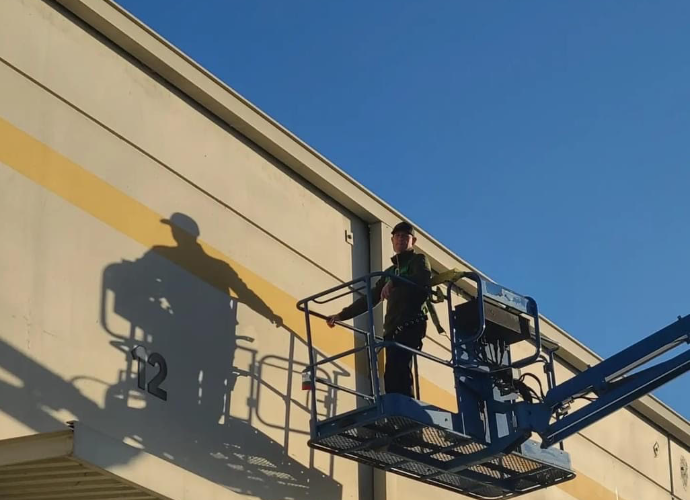
If you’re facing a bat problem in your hospital or want to take preventive measures, contact Animal Capture Wildlife Control. We offer expert services in managing bat infestations safely and effectively. Our experience in dealing with wildlife in sensitive environments like hospitals makes us the right choice for your needs. Don’t wait for the problem to escalate; reach out to us for a comprehensive solution to keep your hospital safe and bat-free.
Big Brown Bats 101: Understanding Our Nocturnal Neighbors
In the diverse wildlife of Los Angeles, one creature that often goes unnoticed is the big brown bat (Eptesicus fuscus). Despite their name, big brown bats are far from imposing, yet they play a critical role in our ecosystem. Today, we’re offering an intriguing deep dive into the world of this fascinating species.
Continue reading Big Brown Bats 101: Understanding Our Nocturnal Neighbors
Bat Removal the Humane Way
In the absence of places to roost, bats often choose human structures like attics and chimneys for warmth and protection. Unfortunately, this can lead to structural damage and health risks. Humane removal protects the species while preventing health problems.
